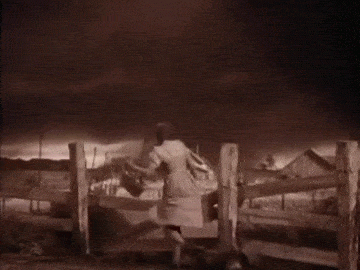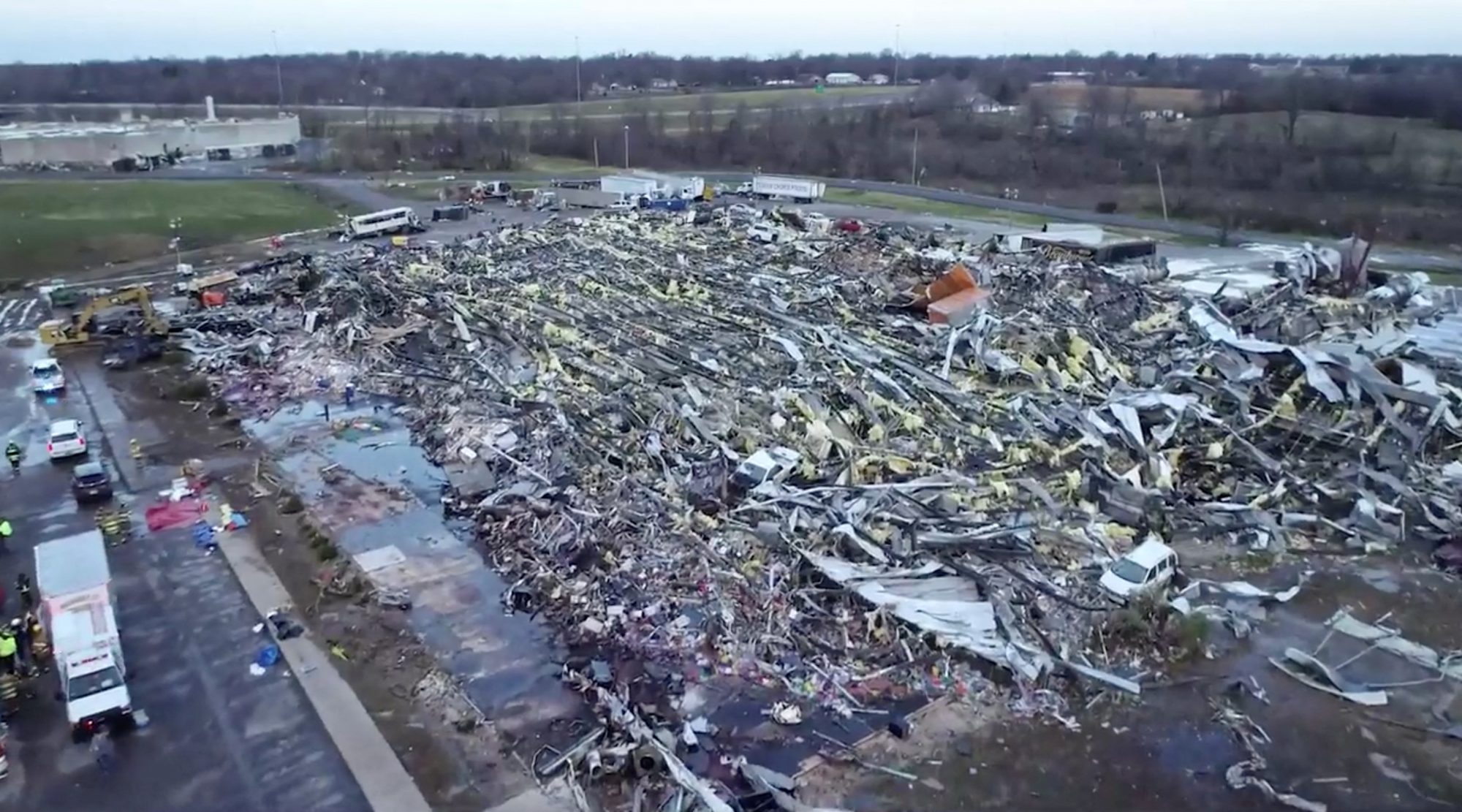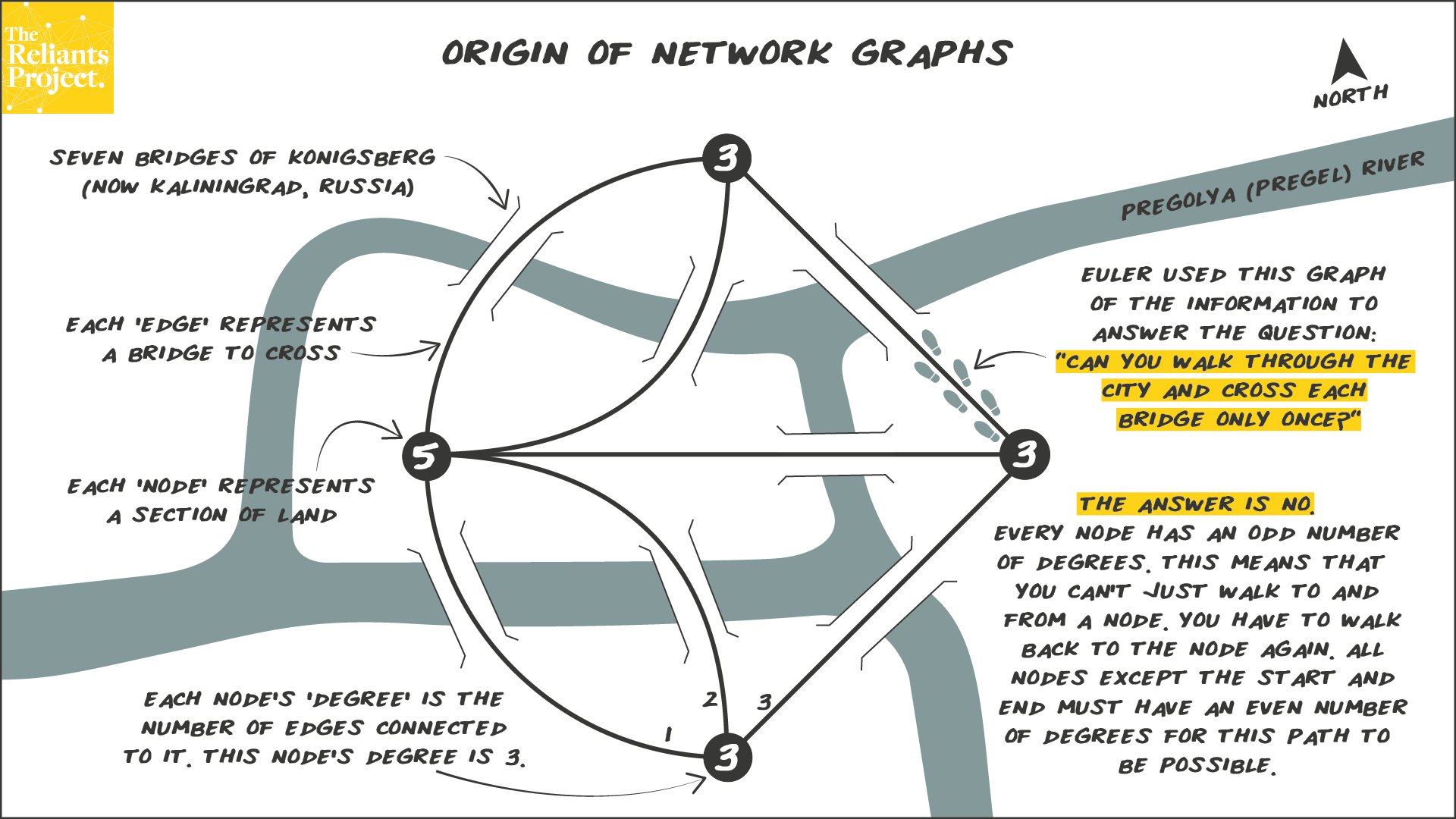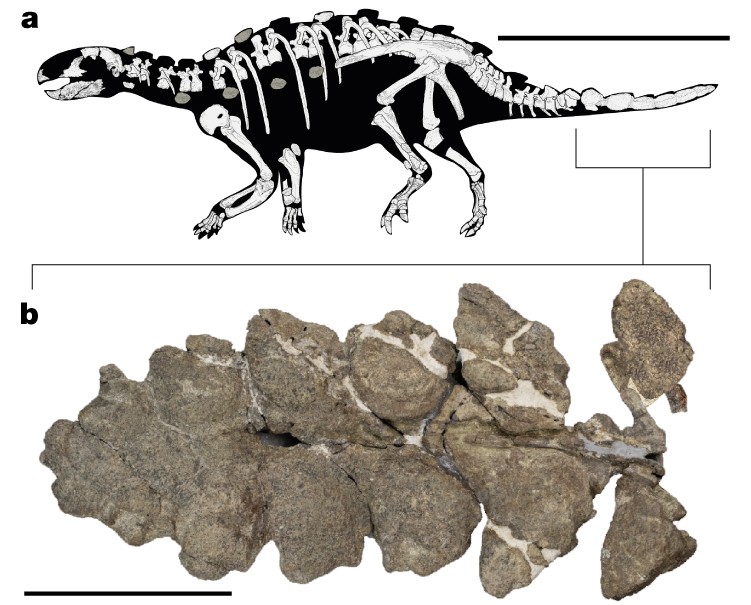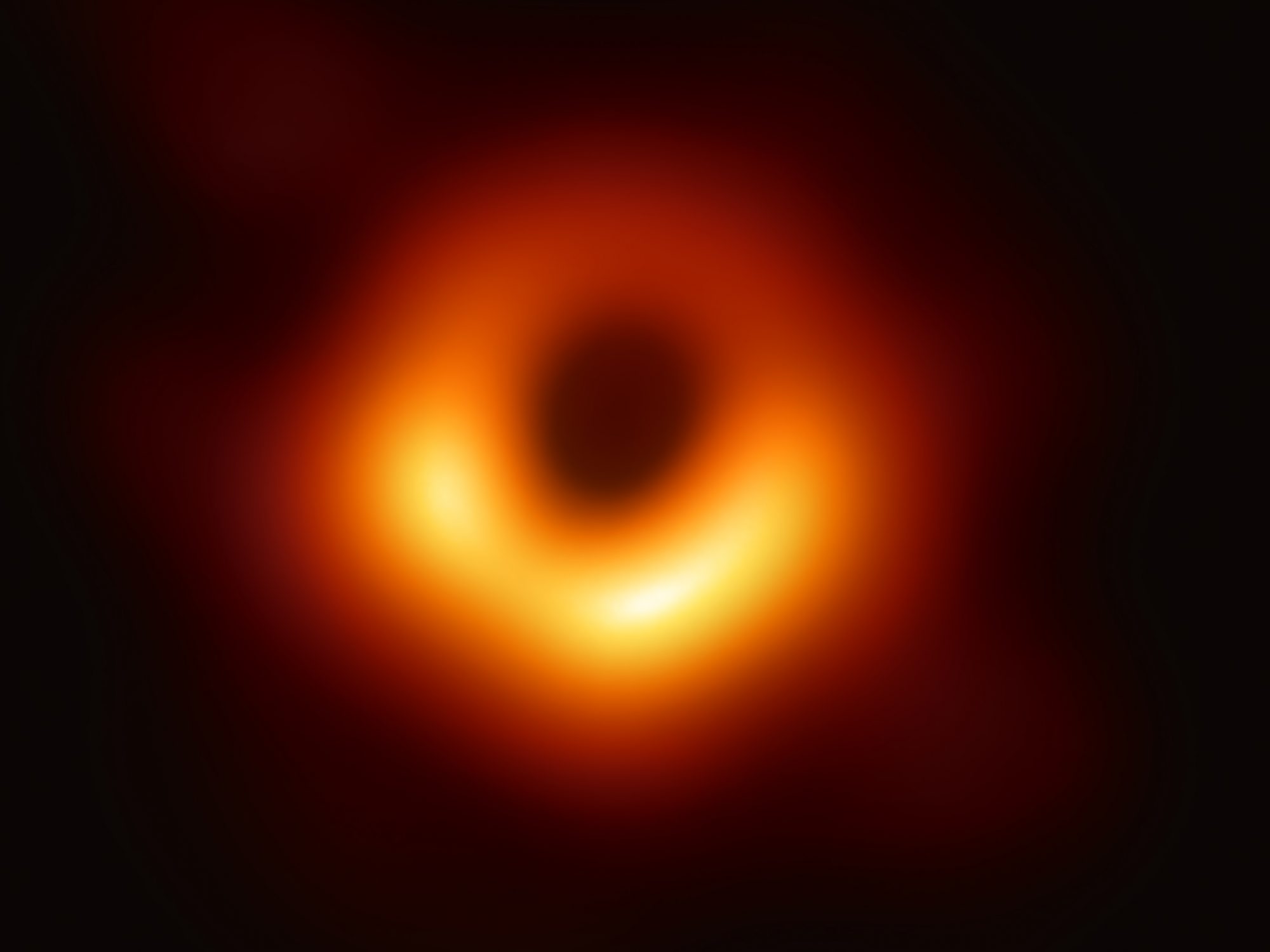Just a few months ago I published a post that described some of the evidence of an Inter-species war that had been observed by naturalists between Chimpanzees and Gorillas in the Loango National Park in Gabon, see post of September 4th 2021. By war I am not referring to the more typical predator prey relationship such as that between Lions and Zebras. No, the conflict in Gabon was a fight between two different species of ape that competed for many of the same resources. In that respect the war between Chimpanzees and Gorillas resembled many of the wars fought by humans over land or wealth.

Now there are reports of another instance of inter-species fighting that has nothing to do with predator-prey nor is it in any way due to a competition over resources. The war that has broken out in Lavool in India, a town with a population of about 5000 located some 500km east of Mumbai, appears to be an act of retaliation by the local monkeys against the town’s dogs.

According to local people the fighting began about a month ago when a pack of dogs attacked and killed a young monkey. Since then the monkeys in the area have been taking revenge by snatching any puppy they can get their hands on and carrying them up into a tall tree or the side of a building and dropping them to their death. At least 250 dogs are thought to have perished this way, nearly the entire canine population of Lavool.


Such acts of revenge are not unknown among primates. According to Professor Stephanie Poindexter of SUNY in Buffalo whose research deals with primate behavior. “In studies of primates in captivity, in social groups in zoos, we’ve seen that when an individual is attacked in some way, the likelihood of them attacking someone related to their aggressor is higher.” The professor then adds. “Typically, there’s a preference for attacking a third-party associated with the original attacker, as opposed to the actual attacker.” In other words it’s the innocent who suffer.

Even if revenge between individual primates is a well-known phenomenon a war of revenge by a group of primates against a completely different species is something entirely new, and may be getting out of hand. When the local villagers tried to stop the killing of their dogs by capturing the monkeys they failed to seize a single one. In fact several of the villagers were injured during the capture attempts, although whether the injuries happened by accident or because the monkeys were fighting back is unclear.

However the attempts to seize the monkeys may have caused the primates to think that the humans were allied with the dogs because there are now reports of monkeys attacking children on their way to school. If those reports were true it would be bad for the monkeys. In order to safeguard human children the villagers would certainly begin shooting the monkeys, and it’s a lot easier, and safer to shoot a monkey than it is to catch one.

It was once thought that concepts like revenge and war could only be attributed to ‘advanced’ creatures like we humans. However the more we learn about other animals, particularly those more closely related to us, the more advanced they seem, and the less advanced we realize we are.












